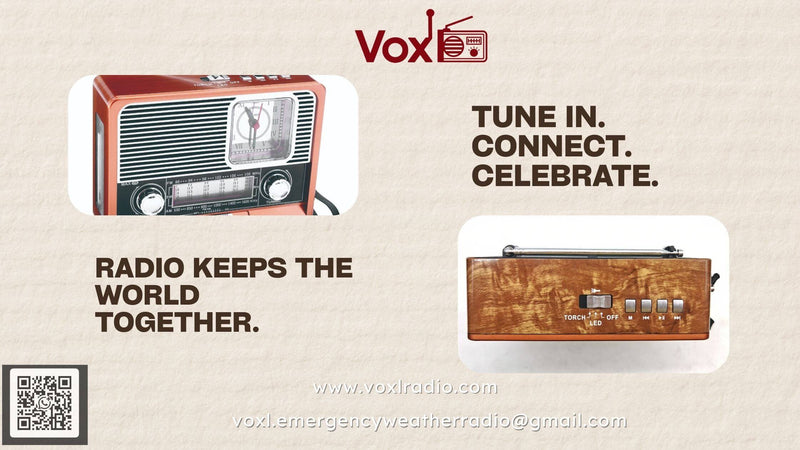

Emergency Radio & NOAA Weather Radio Guides
Browse Topics
Featured Posts
Discover expert insights on weather radios and emergency preparedness

Emergency Radio Knowledge Hub
Comprehensive guides and resources for emergency preparedness and radio communications
Emergency Radio Buying Guide 2025
Complete guide to choosing the best emergency radio for your needs. Compare features, battery life, and weather alert capabilities for optimal emergency preparedness.
NOAA Weather Radio Basics
Learn about weather alerts and National Weather Service broadcasts. Essential information for staying informed during severe weather and emergency situations.
Power & Charging Off-Grid
Solar powered and hand crank radio options for extended off-grid use. Keep your emergency radio powered when electricity fails during disasters.
Frequencies & FCC
Understanding emergency radio frequencies and Federal Communications Commission regulations for emergency communications and amateur radio operations.
Frequently Asked Questions
-
A NOAA weather radio tunes AM/FM/WB to receive weather alerts from the weather service and local radio stations. When hazards occur, an emergency alert tone triggers, and the broadcast gives instructions for public safety and preparedness.
-
Choose an emergency radio with NOAA weather alerts, AM/FM/WB, and clear audio. For preparedness, prefer solar powered and hand crank radio charging, USB input, a power-bank battery, and an IP-rated shell; check weight, runtime, and supported emergency radio frequencies.
-
Yes—backup power matters. Solar powered panels work in daylight; a hand crank radio (emergency crank radio) restores charge anytime. Keep both for blackouts, storms, camping, and travel; USB input adds flexibility for daily use.
-
Emergency radio frequencies include NOAA Weather Band channels 1–7 and standard AM/FM. Follow FCC (Federal Communications Commission) rules when monitoring, and respect local laws. Hobbyists may also monitor ham radios for situational awareness, where permitted.


